The tradition of making Lazarakia buns (Greek Easter Lazarus breads)
On Lazarus Saturday, all over Greece people make small buns called Lazarakia. Learn the tradition and meaning behind these sweet Easter breads.
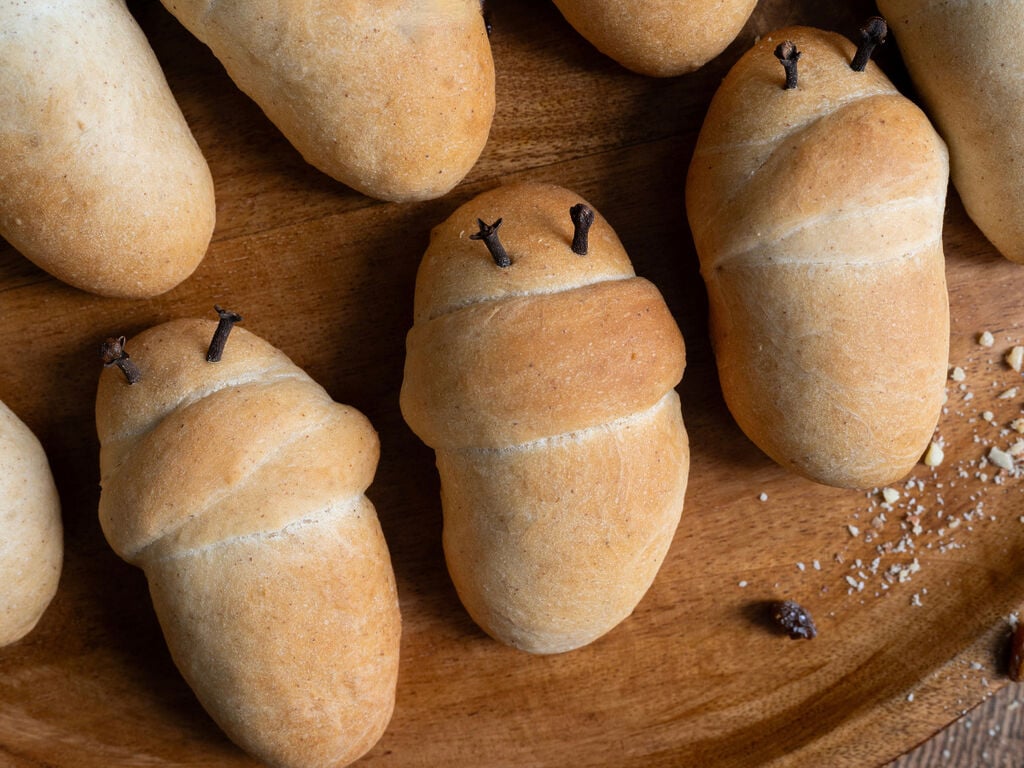
Who is Lazarus?
Lazarus lived in Bethany, a village of Judea with his sisters Mary and Martha. He was a great friend of Jesus and he and his sisters showed him great hospitality. A few days before the Passion of Christ, Lazarus became very ill and Mary and Martha sent this message to Jesus who at the time was in Galilee. Jesus finally arrived in Bethany, but by then Lazarus had already died four days prior. He consoled Mary and Martha and asked that he be taken to his tomb. There he asked that the stone be removed from the door to the tomb and crying to the Heavens Christ cried out, “Lazarus, come forth”. Despite having been dead for four days, Lazarus emerged from the tomb, his hands and feet bound. This is the miracle of the raising or resurrection of Lazarus, and the event which we celebrate on Lazarus Saturday. It is also the last miracle performed by Jesus Christ before his own death and resurrection.
What is the significance of making Lazarakia
Lakarakia or Greek Easter Lazarus buns are made on Lazarus Saturday, which is the last Saturday before the start of Holy Week and Pascha. Traditionally, these sweet breads, (which are lenten because they contain no eggs or dairy) are made in the shape of little men wrapped in a shroud, to represent Lazarus himself. Often, families will make as many lazarakia as there are children in the family.
The symbolism of the Lazarakia is that, because of Jesus, even during times of great sorrow and death there is sweetness and joy of eternal life. Because of this, Saturday of Lazarus and Palm Sunday are two days of joy between Great Lent and the lament of Holy Week.
What are Lazarines?
Another tradition on Lazarus Saturday is the singing of the carols of Lazarus. Children, usually only girls and sometimes even young women, would gather in the fields on the eve of the Saturday of Lazarus to collect flowers they would then use to decorate their baskets. On the Saturday, dressed in traditional local costumes they would fill their baskets with lazarakia or other treats and flowers. They would then travel around the village singing the carols to commemorate the joyous feast, offering their lazarakia. These singers were referred to as Lazarines. In return for the carols, the Lazarines would receive money, fruit, eggs or whatever else the households they visited would have to offer.
Making Lazarakia with children
Children love learning about the tradition of making Lazarakia, and their significance. We recently had the privilege of making Lazarakia with the children of Socrates-Demosthenes Elementary and High School, Campus 2 in Montreal. They had a wonderful time each shaping their own Lazarakia, which they filled with raisins (no nuts due to food allergies!). We also made lenten koulourakia that day. Teaching the children about these lovely Greek food traditions was incredibly special and rewarding!
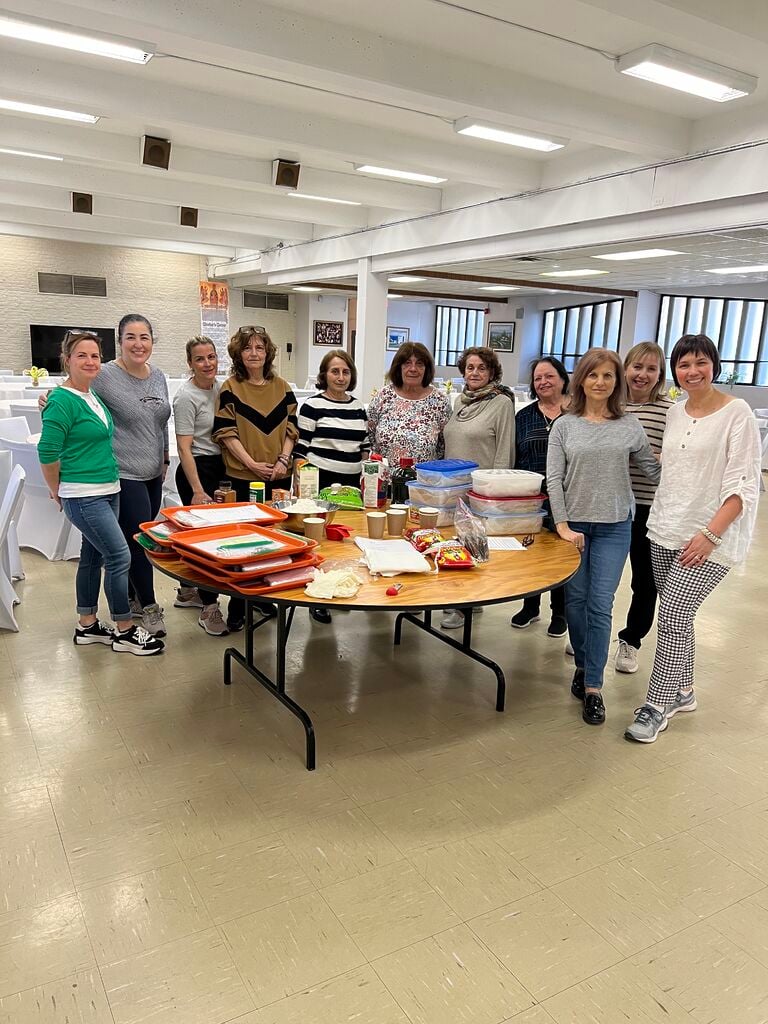
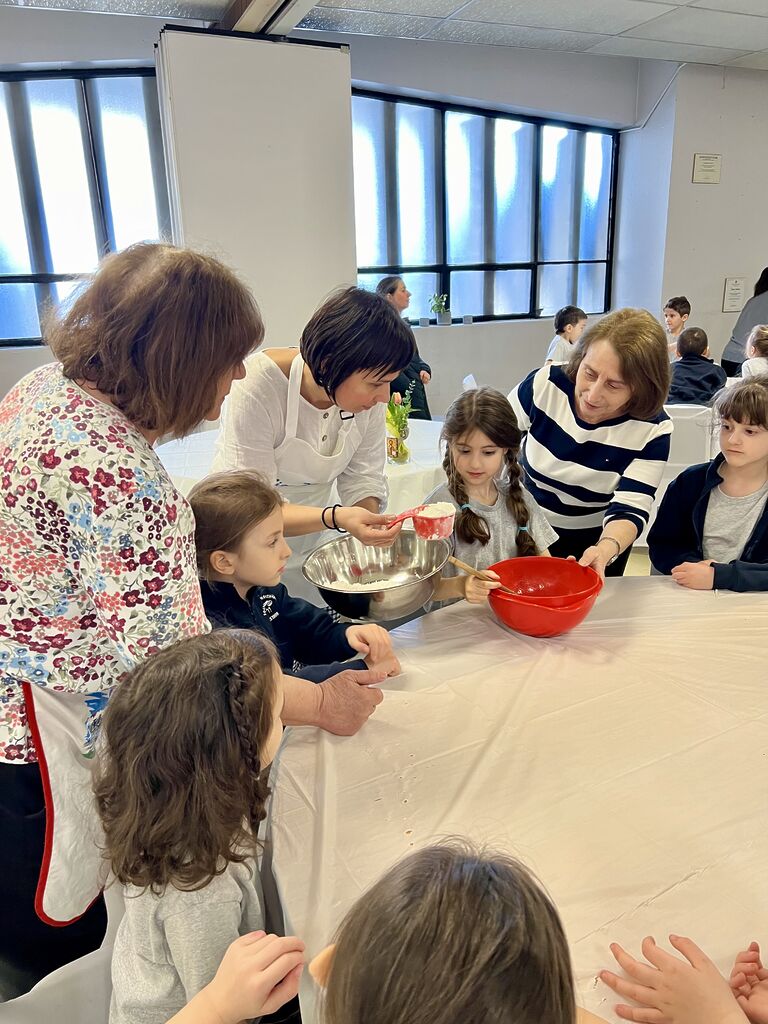
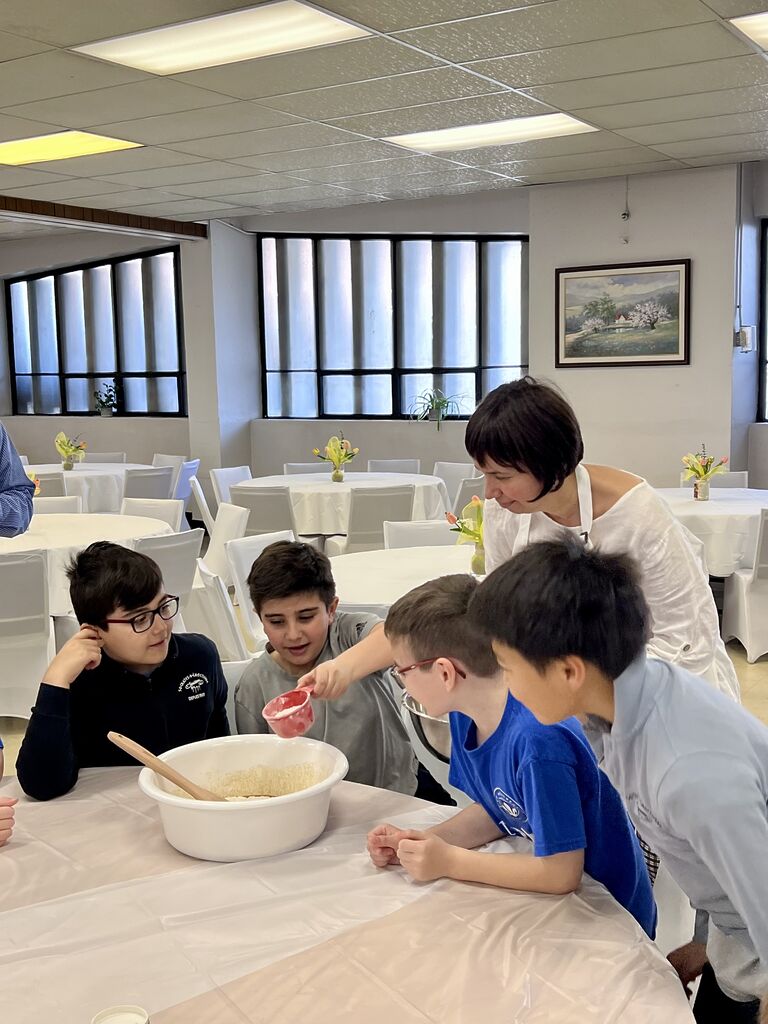

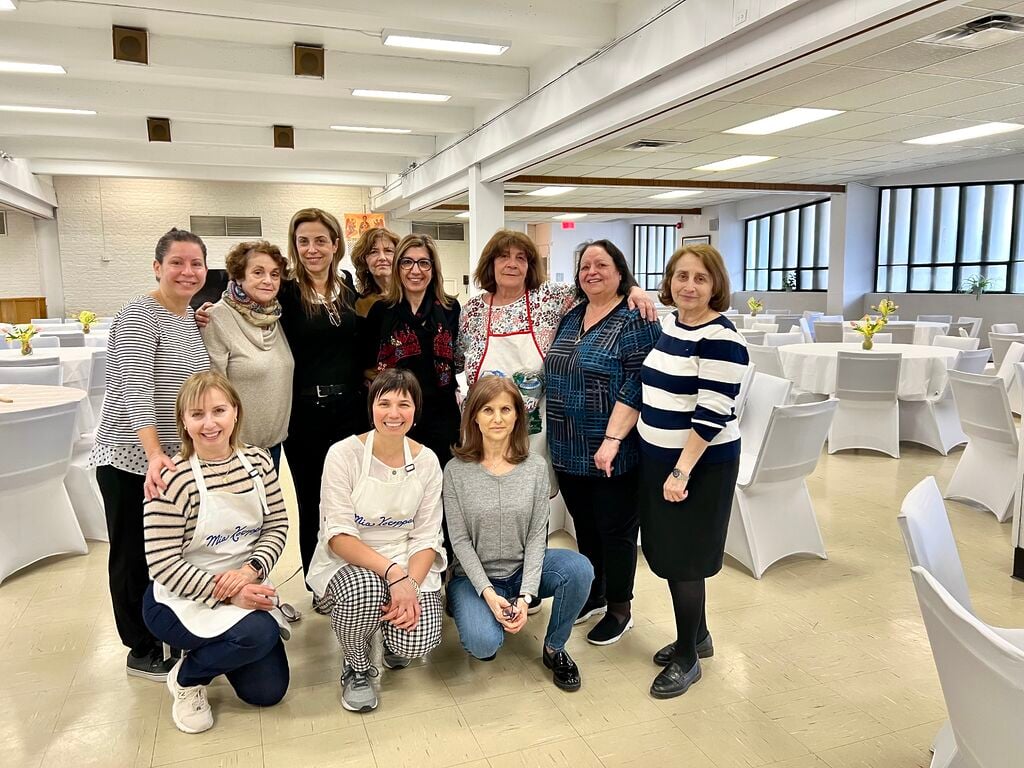
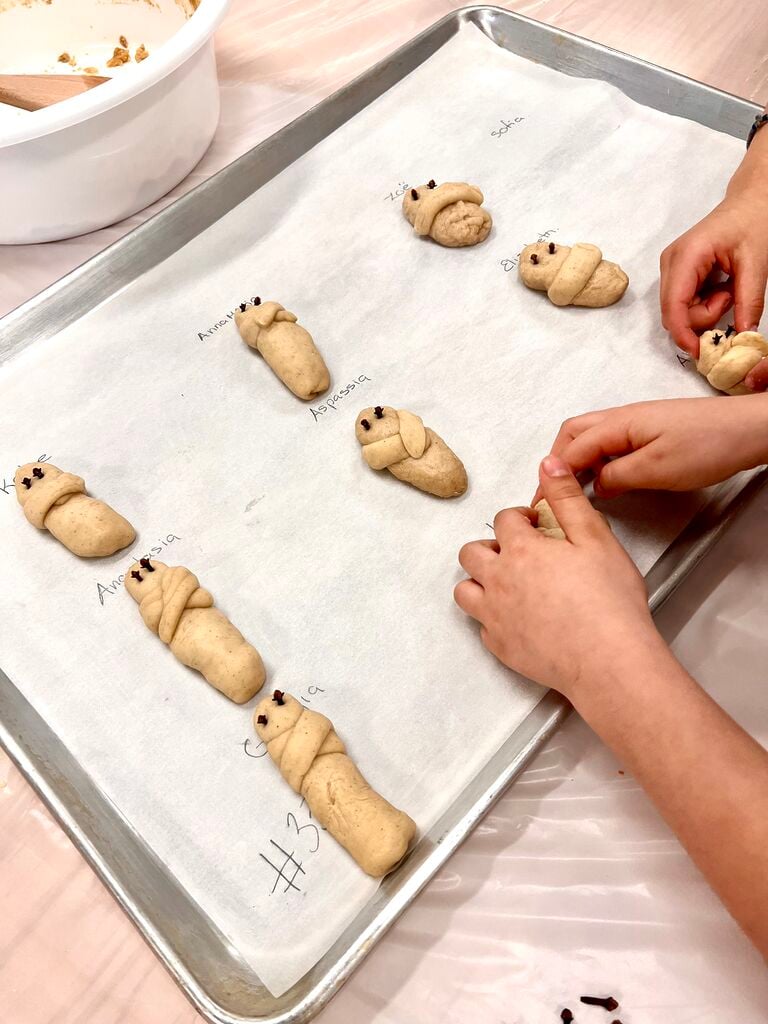
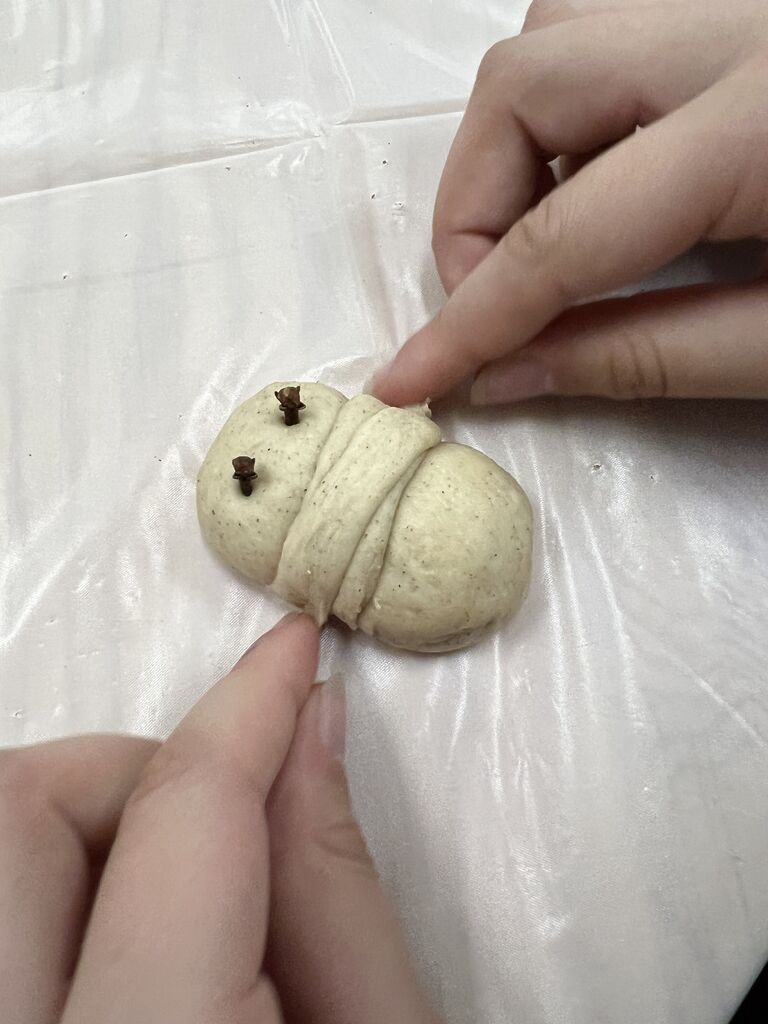
About the recipe
Traditionally Lazarakia are made without eggs or dairy, keeping them lenten and therefore appropriate to eat during Great Lent. Cloves are used to represent the eyes, and the dough is shaped in the form of a body with arms crossed over the chest forming an X in front. This is meant to represent the shroud wrapped around the deceased upon burial. The buns are often filled with chopped nuts and raisins, or jam. You can even get creative and fill them with dairy-free chocolate chips (not traditional, but fun). The dough itself is sweet and uses yeast for leavening.
You can learn how to make these Greek Easter Lazarus breads by following our lazarakia recipe.
